Landcom’s Schofields development billed as ‘suburb of the future’
The Sunday Telegraph has been given an exclusive look at the planned new community at Schofields, which will feature 143 homes, oversized verges and a three-fold increase in tree canopy cover. It is in vast contrast to the development next door.
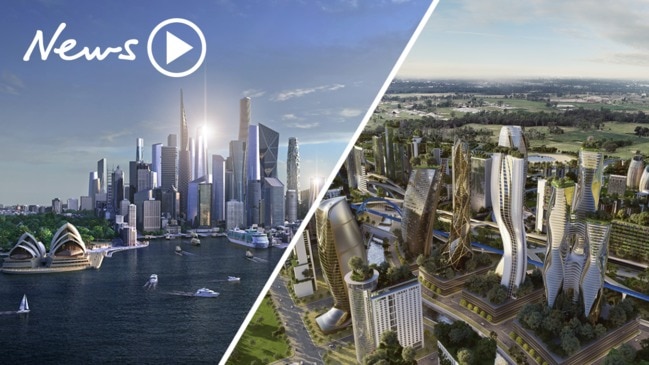
NSW
Don't miss out on the headlines from NSW. Followed categories will be added to My News.
A new housing estate that planners claim is the future of suburban housing will be built next to “the worst developed property in NSW”.
In the ultimate tale of two cities, government developer Landcom’s new estate in northwest Sydney has cut the amount of concrete by 20 per cent in favour of more grassed public space, apartments and terrace houses.
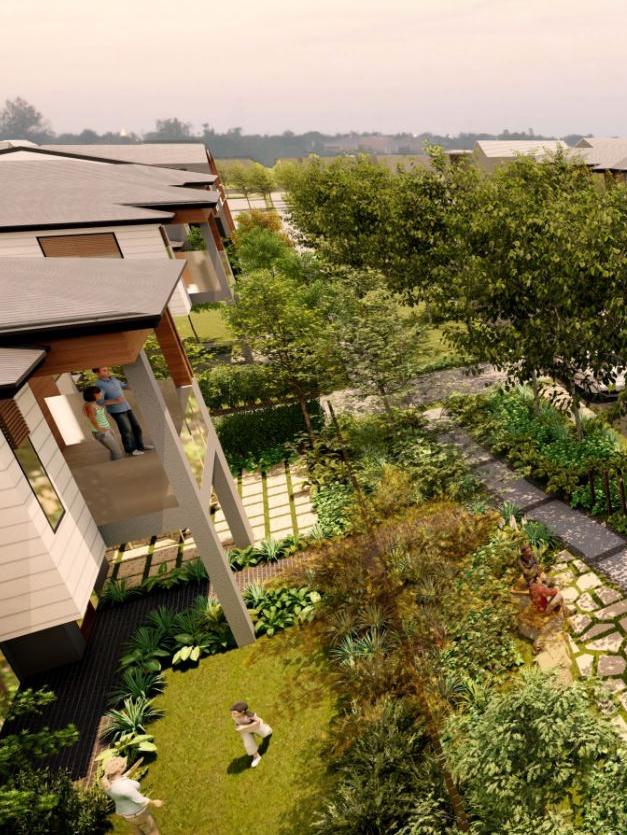
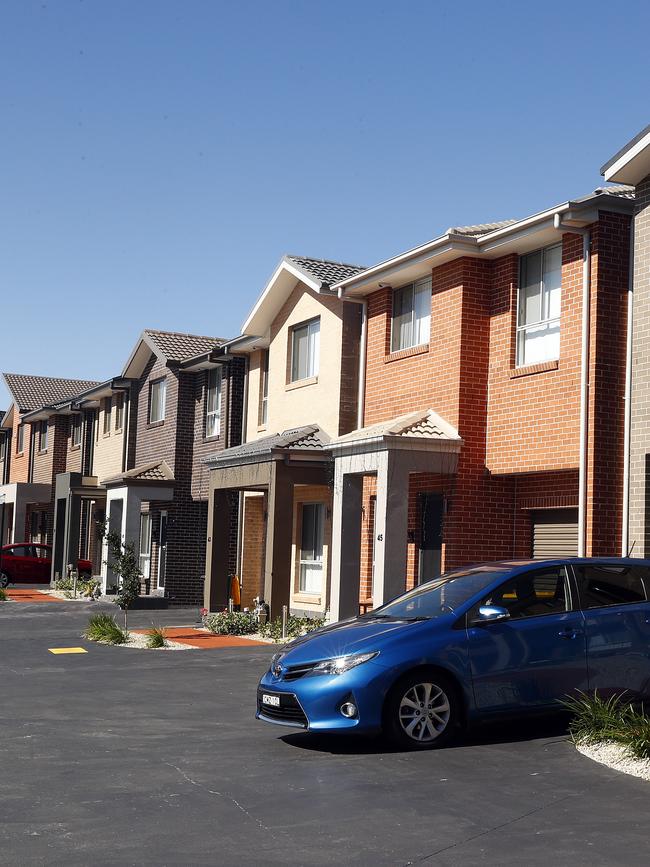
The Sunday Telegraph has been given an exclusive look at the planned new community at Schofields, which will feature 143 homes, oversized verges and a three-fold increase in tree canopy cover.
In contrast, the Bathla Group development next door, which from above resembles a row of Monopoly houses in black, has a dearth of trees, unusable verges and no public space. Driveways are indistinguishable from the road and children are forced to play on the street because the gardens are so small.
MORE FROM BRADFIELD ORATION
‘Green schemes and snobbery crushing Aussie dream’
Premier promises a Sydney renaissance
Young scholar’s bright idea to transform Sydney
“Too often our new suburbs in these release areas follow a pattern of development that
results in a row of identical single-storey houses with black roofs, no tree canopy cover
and a reliance on cars,” Planning Minister Rob Stokes said.
“The Schofields development flips this model on its head and orients the suburbs around
greener, wider streets and shared spaces, all within a kilometre of public transport
connections.”
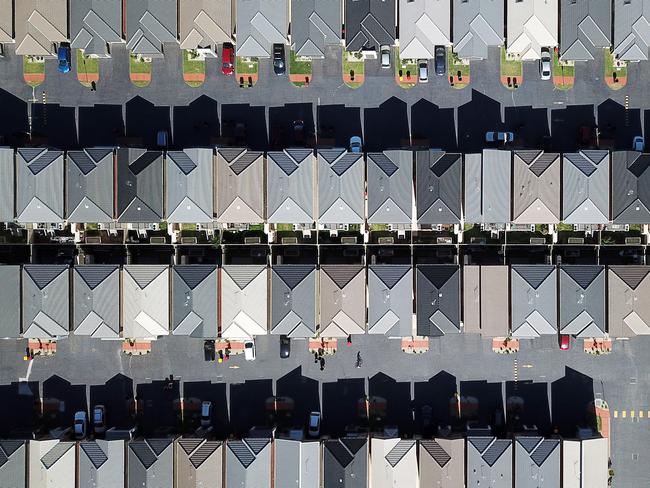
Mr Stokes said the development “sets the benchmark for development in our suburbs of the future”.
The Landcom development aims to have 36 per cent green verges, compared to the average of 16 per cent in most developments in Western Sydney.
MORE FROM BEN PIKE
Liverpool Council refers itself to icac
Former mayor slams Salim Mehajer
About 12 per cent of the land will be taken up with mature tree canopy, a three-fold increase on the average.
Next door at the 175-dwelling Bathla development, completed in October last year, grassed verges are scattered in small patches and comprise less than 7 per cent of the total development.
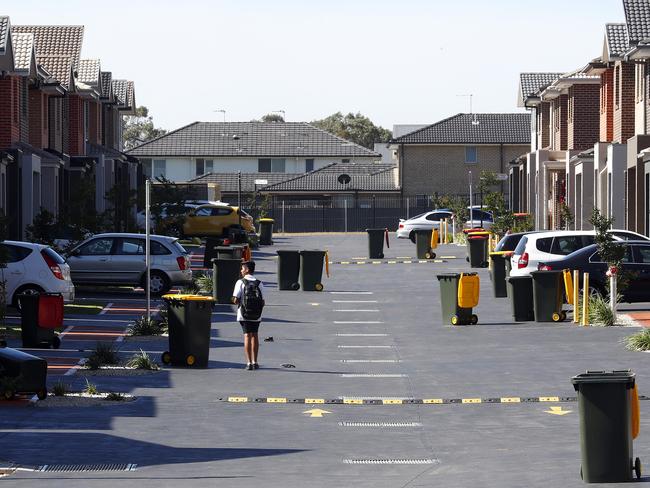
Residents in the strata-titled estate have very little backyard space and fear for their children’s safety because kids are on the road as soon as they step out the front door.
The nearest usable public grassed area is at least 500m away.

Blacktown Labor MP Stephen Bali said the Landcom development “is fabulous but next door is probably the worst developed property in NSW”.
“It is a Soviet-style development which is designed to maximise profit,” Mr Bali, who is the former Blacktown mayor and current councillor, said.
Bathla Group planning director Graeme Allen said the development was approved under the state government’s mandated Growth Centres State Environmental Planning Policy.
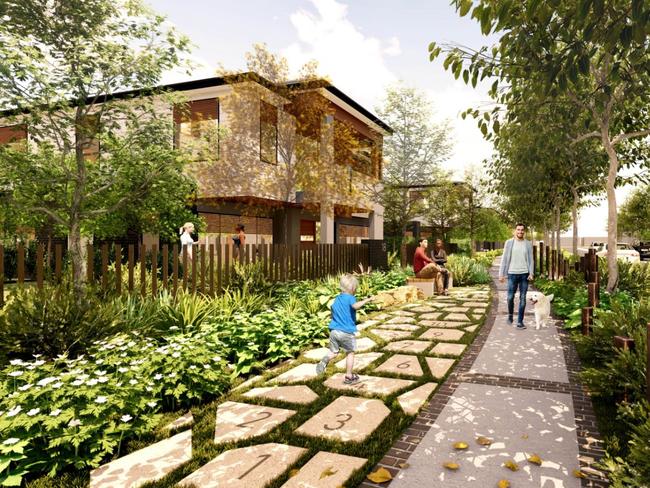
Blacktown Council fought the development in the NSW Land and Environment Court but, acting on legal advice, permitted 175 dwellings instead of the 202 originally proposed.
“Each dwelling has been certified as meeting all building and sustainability regulations including relevant Australian Standards,” Mr Allen said.
“The project has successfully delivered homes that are well located, providing good access to rail and retail facilities and offering affordable housing opportunities to first home buyers.”
Despite being 49km from the CBD, the new Landcom suburb will be 49 per cent terraces or duplex style homes — a significant increase on previous developments.
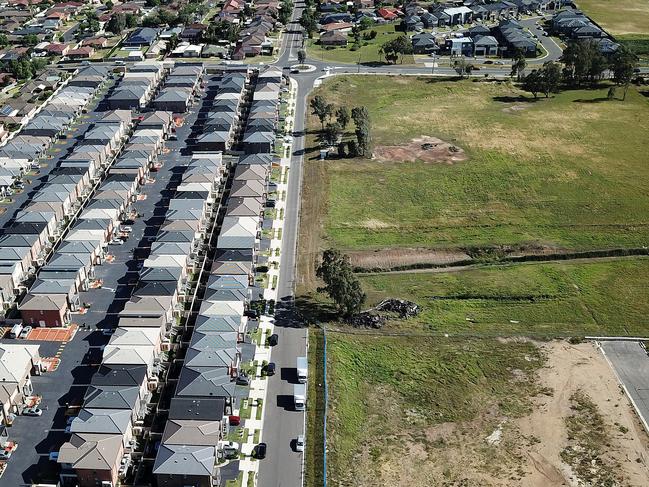
They will also feature new “micro terraces”, which are terraces on a lot size of less than 125sq m.
One in three dwellings will be apartments.
Only 17 per cent of homes will be traditional detached dwellings, a sharp contrast to house-only suburbs such as Oran Park.
Landcom CEO John Brogden said the project “recognises that different housing types are needed to address population changes and the diversity of modern families and their needs”.
The estate will have a site-specific development control plan, distinct from the rest of the local government area.
Originally published as Landcom’s Schofields development billed as ‘suburb of the future’


